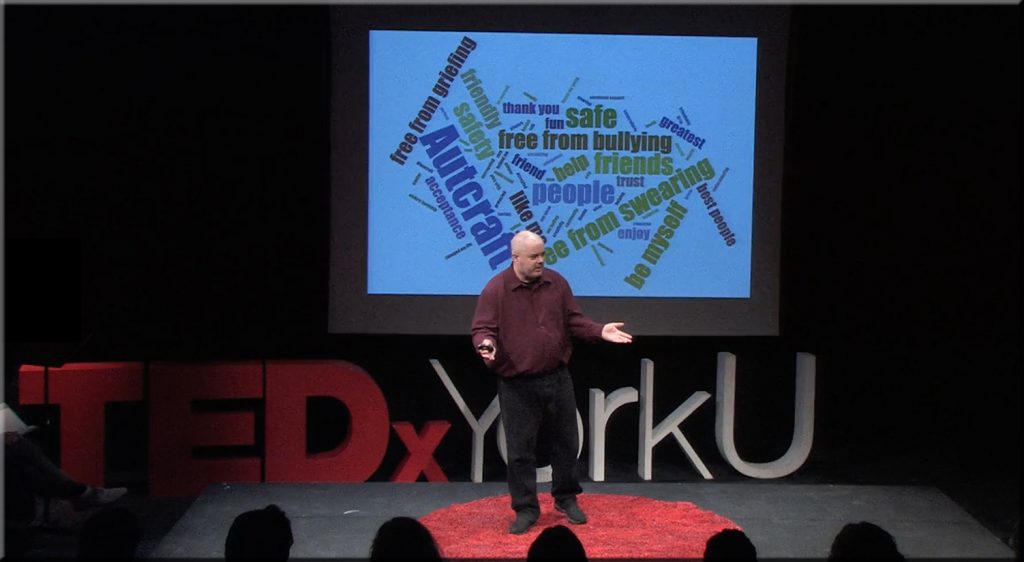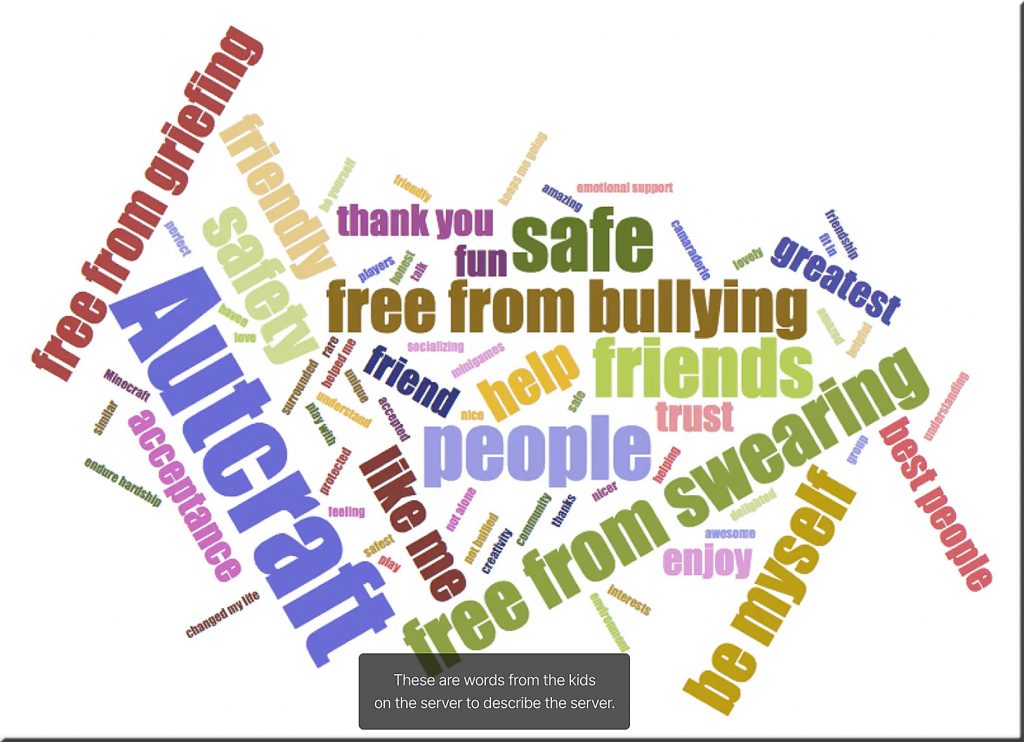The innovation imperative: Lessons from high-growth companies — from deloitte.com by Khalid Kark, Tim Smith, Lou DiLorenzo Jr, and Mike Bechtel
Successful innovation functions display unique characteristics, one of them being technology’s prominent role in driving these initiatives. How can CIOs and technology leaders seize this opportunity and ensure they play a pivotal role in their company’s growth?
Excerpt:
Many enterprises now have an innovation function, whether it be a team that is dedicated to seeking out new opportunities or an executive tasked with finding new ways of working. But according to the latest Deloitte survey, only half of innovation efforts are achieving their desired value, and companies with successful innovation functions have unique characteristics. The study revealed that most leading companies view innovation as something both new—which can include new applications of existing tools—and improved—which may mean simply a measurable advance over legacy alternatives. This covers everything from incremental gains to moonshots.
Also see Deloitte’s Ten Types of Innovations.













